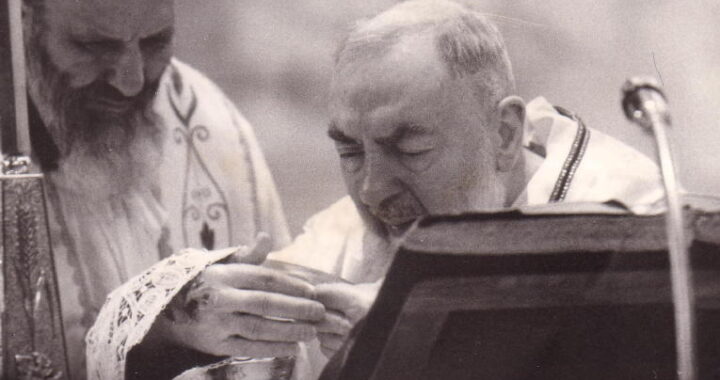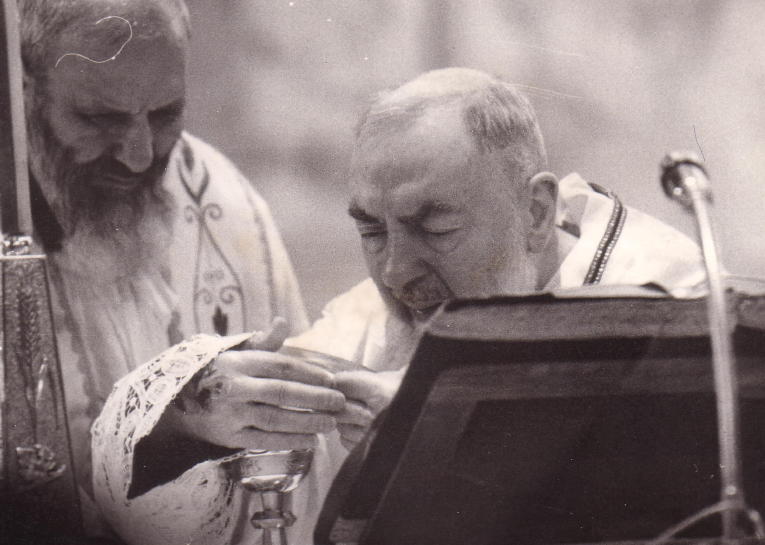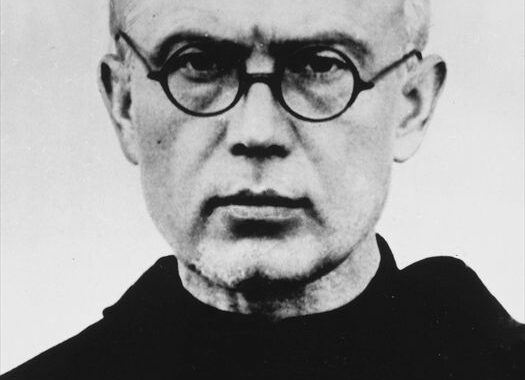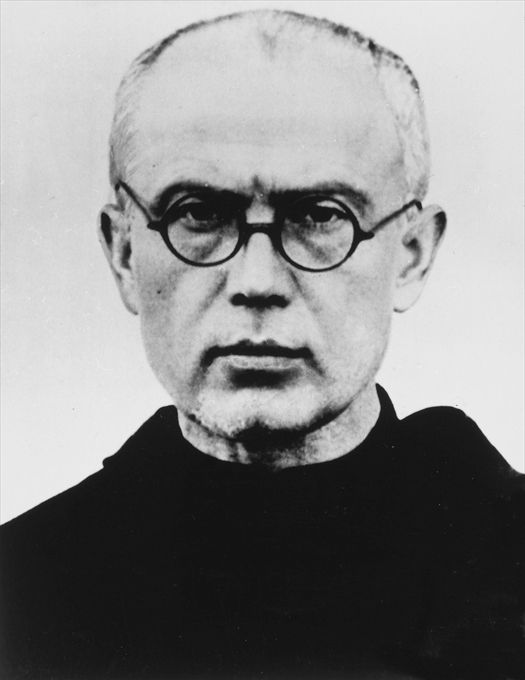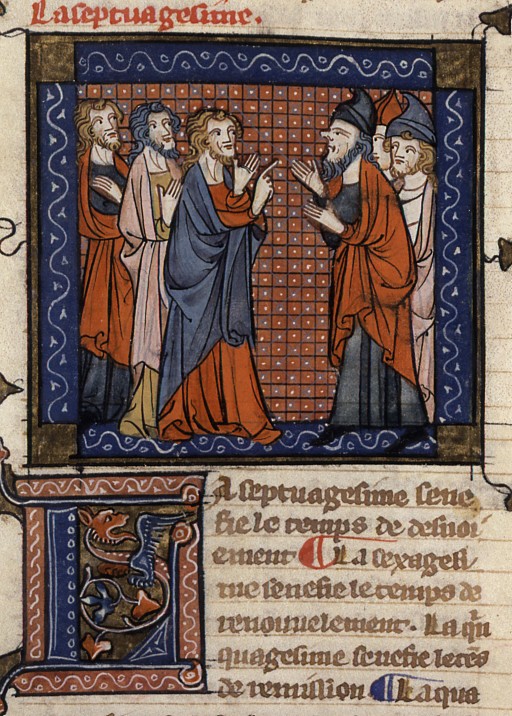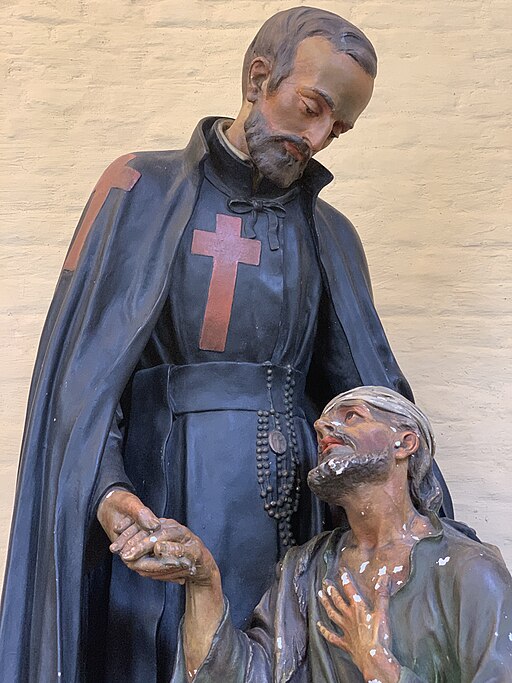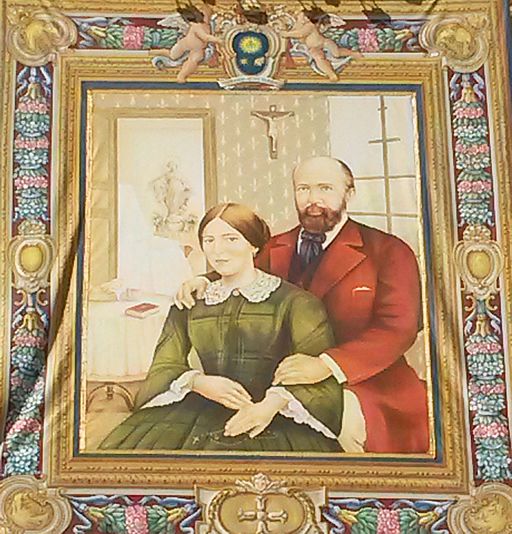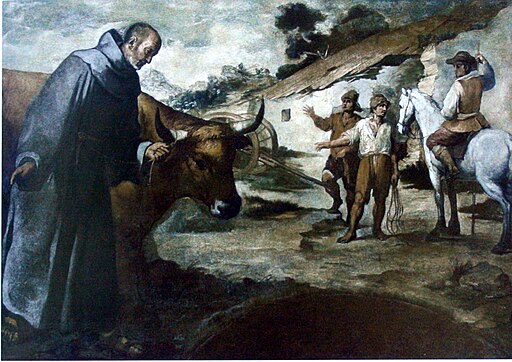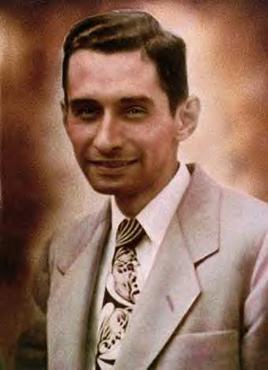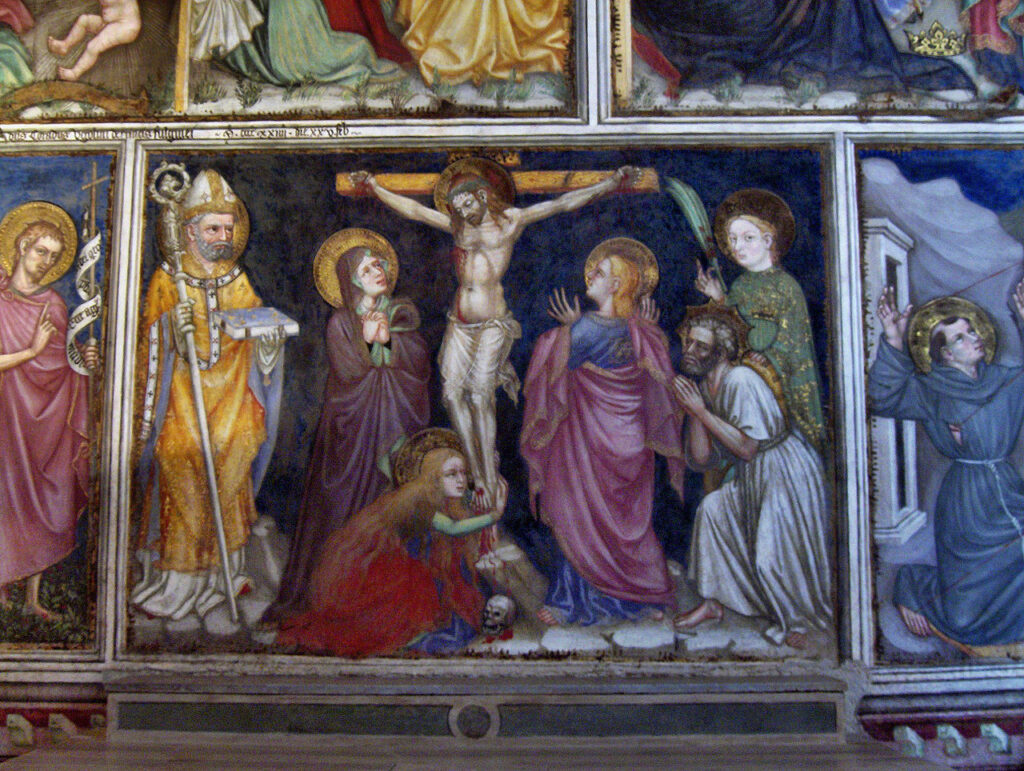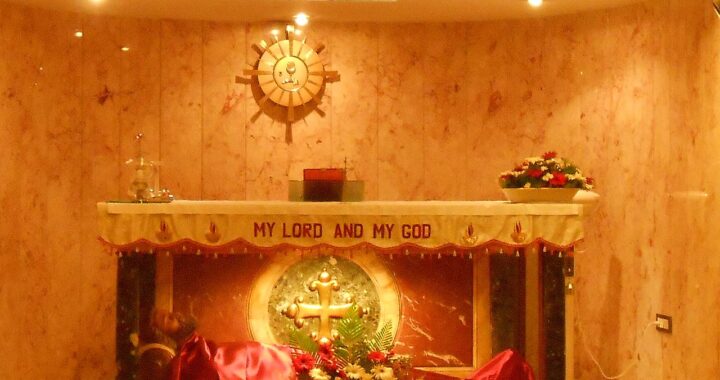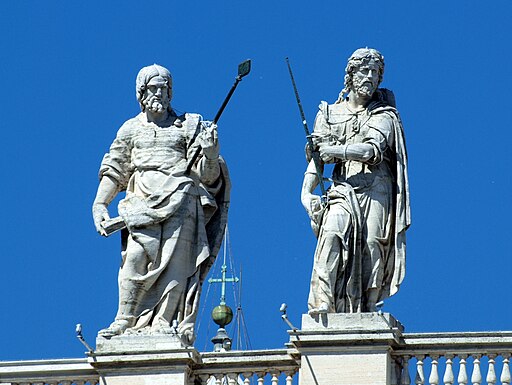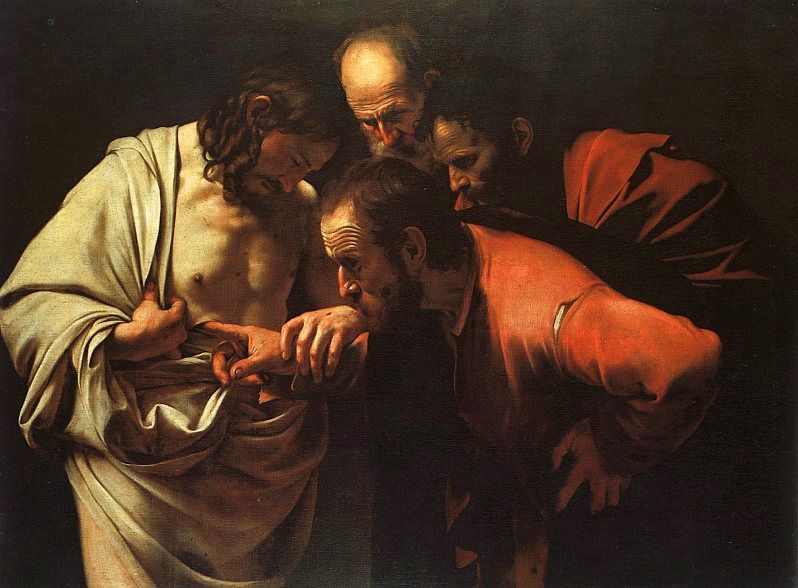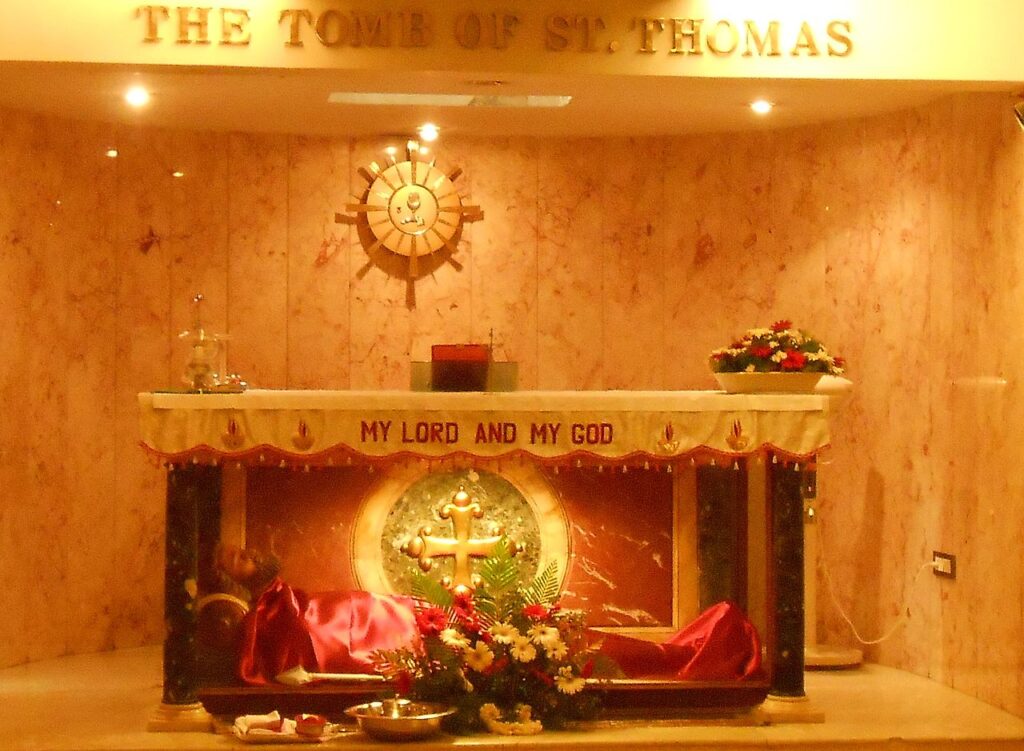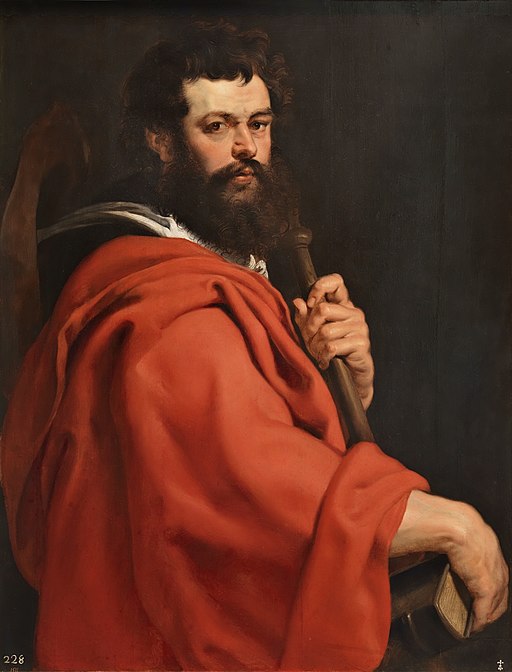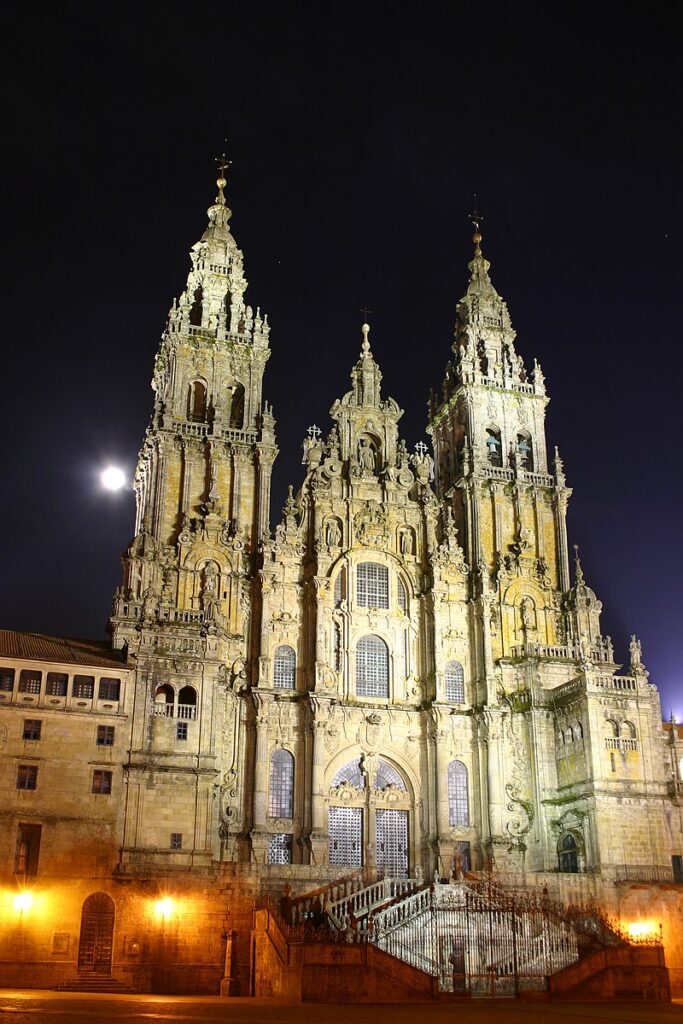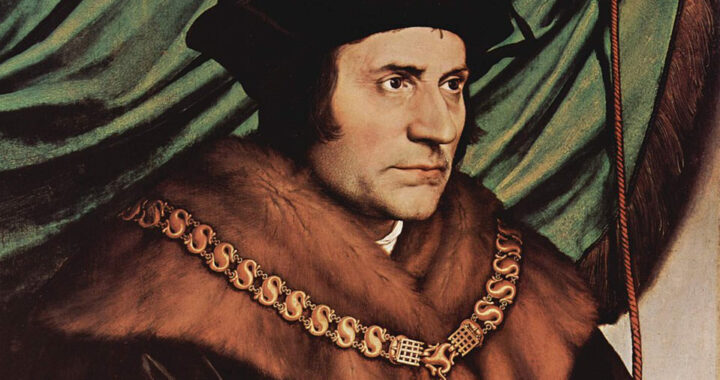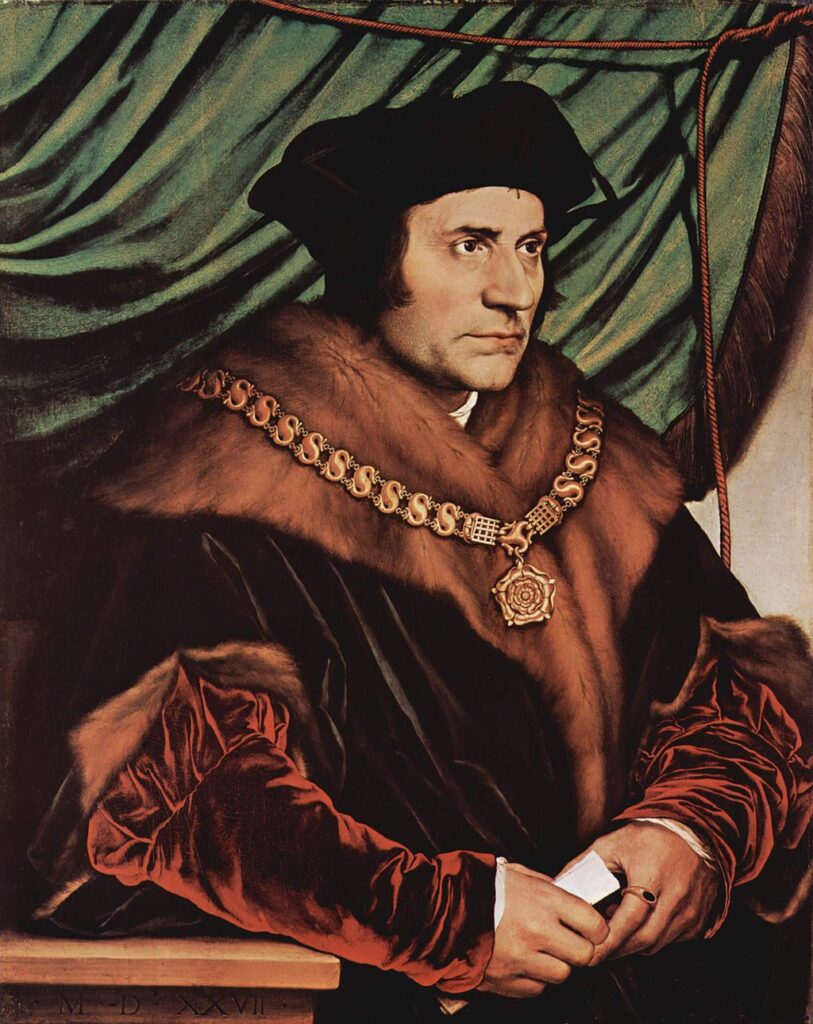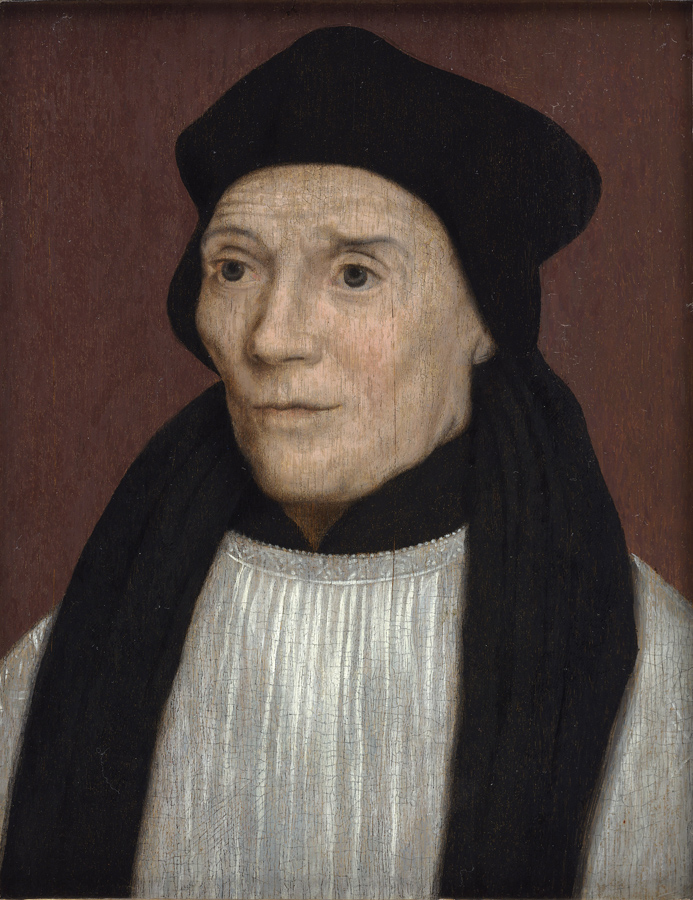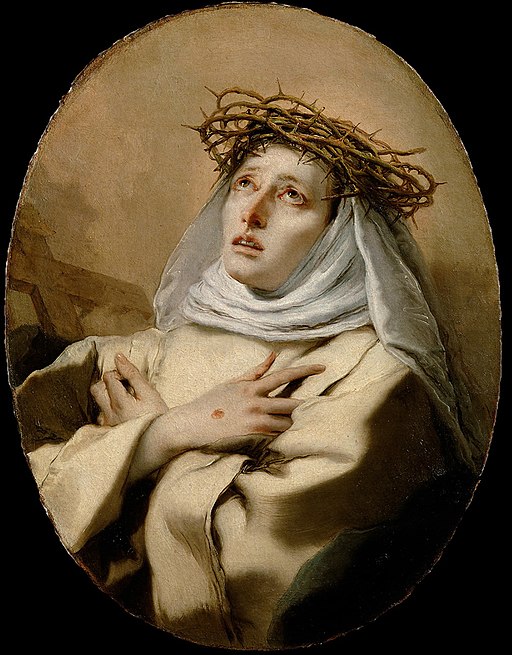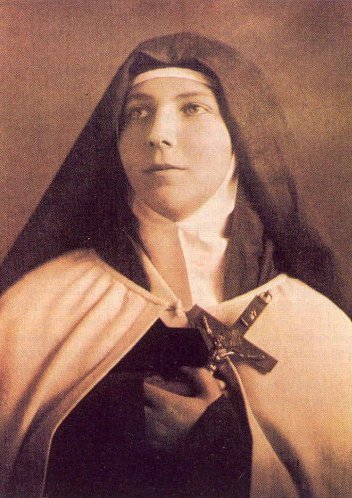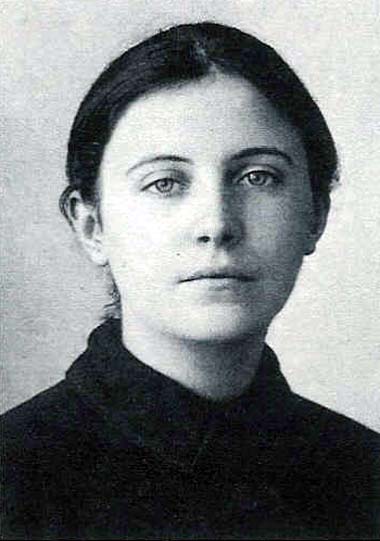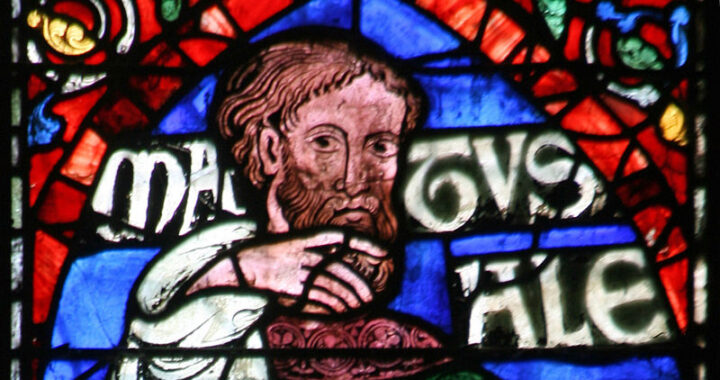
Wikimedia Commons
He filled Yankee Stadium when he visited America in 1979. Five million people showed up when he led World Youth Day in 1995 in Manila in the Philippines. Is it possible to say anything new about a pope who has been personally seen by millions of people during one of the longest reigns in papal history?
Yes, there is much more to say about Pope Saint John Paul II. His gifts were remarkable, and his accomplishments were legendary. And some parts of his life story are certainly miraculous.
Karol Józef Wojtyła was born in Wadowice, Poland, in 1920. His mother died when he was eight years old, his brother died when he was twelve, and his father died when he was twenty-one. That left him, in 1941, alone in Kraków during the Nazi occupation of Poland during World War II.
During the occupation, the Nazis arrested and deported Jews and minorities to concentration camps, but they also killed all those who were educated or who might fight back. Universities were closed, and men were required to have a job or face deportation to the camps. Although Karol continued to study at home at night, by day he experienced the brutal conditions of working in a chemical factory and a limestone quarry. In one year alone, he was also struck and seriously injured by a tram on one occasion and a truck on another.
He had discerned that God was calling him to the priesthood, not an acting career. So, rather than sit around and wait for the end of the war, he risked his life by studying in an underground seminary. He was ordained after the end of the war, becoming a beloved priest to his people but facing constant persecution from the communist government. His natural gifts and hard work helped him rise in the Church hierarchy—aided by the need for priests since so many had been martyred during the war—and he soon learned how to effectively respond to government surveillance and personal threats. He was a cardinal when Pope John Paul I was elected, and he thought he had escaped the burden of the papacy. But when that pope died a month later, Karol appears to have recognized that his turn had finally come.
During his papacy, Pope John Paul II narrowly survived an assassination attempt. He faced resistance from members of his own hierarchy who saw him as an outsider. He was vilified by the secular media and Western intelligentsia who ridiculed faith, truth, God, and the pope. Before his death, he suffered a slow and very visible physical decline from Parkinson disease.
What keeps an orphaned twenty-one-year-old from turning to despair during a brutal war? How can a priest in a communist country keep his faith when he knows he could be arrested, tortured, and imprisoned at any moment for no reason at all? How does a world leader forgive insults without appearing weak?
Those were the dramatic challenges that John Paul faced and overcame, all through his faith in God. However, we must remember that John Paul’s survival through so many dangers are merely remarkable coincidences, not technically miraculous. After all, according to Fr. John Hardon’s Modern Catholic Dictionary, a miracle is: “A sensibly perceptible effect, surpassing at least the powers of visible nature, produced by God to witness to some truth or testify to someone’s sanctity.”
But the Vatican did approve two categorical miracles, events that can only be explained as as a testimony to the power of the late pope’s intercession.
In 2001, a French nun named Sister Marie Pierre was diagnosed with Parkinson disease. While her own health declined, she watched the pope publicly suffering from the same symptoms she was experiencing. This was so painful that she stopped watching the pope’s appearances on television. But two months after the pope had died, she prayed, asking for John Paul to intercede for her. The next day, she discovered that she had recovered the ability to write. Soon she realized—and the doctors concurred—that she was completely cured.
Three months after the French sister’s healing was approved by the Vatican, a fifty-year-old wife and mother from Costa Rica, Floribeth Mora Diaz, was diagnosed with an inoperable brain aneurysm. She was told that she would die within a month, and the doctors even sent her home to die. But Floribeth prayed for John Paul’s intercession for her healing, hoping to live for the sake of her children. On May 1, 2011, she watched the beatification ceremony for John Paul, and she woke up the next morning feeling healthy again. Repeated tests confirmed that she was inexplicably free of any sign of the deadly brain aneurysm.
Miracles really do happen. We can be thankful that God heard and answered the prayers of the late pope for these two suffering women. But we can also be thankful that He did not allow a tram, a truck, the secret police, or an assassin to keep us all from encountering a truly great Catholic man.

